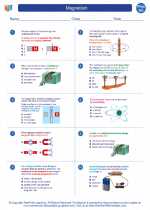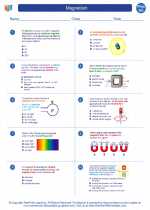Axon Hillock
The axon hillock is a specialized part of a neuron where the initial segment of the axon arises from the cell body. It plays a crucial role in generating action potentials, which are the electrical signals that allow neurons to communicate with each other. The axon hillock is also responsible for integrating the incoming signals from other neurons and determining whether the neuron will fire an action potential or not.
Anatomy of Axon Hillock
The axon hillock is located at the junction between the cell body (soma) and the axon. It contains a high concentration of voltage-gated sodium channels, which are essential for the initiation of action potentials. The clustering of these channels at the axon hillock makes it a site of high electrical excitability.
Function of Axon Hillock
The main function of the axon hillock is to integrate the incoming signals from the dendrites and cell body and make a decision about whether to generate an action potential. This process is known as "summation" and can be either excitatory, leading to the generation of an action potential, or inhibitory, preventing the generation of an action potential.
Study Guide
- Describe the location of the axon hillock within a neuron.
- Explain the role of voltage-gated sodium channels in the axon hillock.
- Discuss the process of signal integration and decision-making at the axon hillock.
- Compare and contrast excitatory and inhibitory inputs at the axon hillock.
- Explain the significance of the axon hillock in the overall function of a neuron.
By understanding the anatomy and function of the axon hillock, we can gain insights into how neurons process and transmit information in the nervous system.
.


